I am trying to send a POST request when using HttpClient. When I run the code I am getting an unauthorized response. But I am able to get it to work in PostMan. Below is my current code snippet and pictures of what I am trying to perform. I'd like to add I am trying to send a json string in my body.
using (HttpClient client = new HttpClient())
{
var connectionUrl = "https://api.accusoft.com/prizmdoc/ViewingSession";
var content = new Dictionary<string, string> { { "type", "upload" }, { "displayName", "testdoc" } };
// Serialize our concrete class into a JSON String
var stringPayload = JsonConvert.SerializeObject(content);
// Wrap our JSON inside a StringContent which then can be used by the HttpClient class
var httpContent = new StringContent(stringPayload, Encoding.UTF8, "application/json");
using (var httpClient = new HttpClient())
{
//client.DefaultRequestHeaders.Add("Acs-Api-Key", "aPsmKCmvkZHf9VakCmfHB8COmzRxXY5FDhj8F1FU1IGmQlOkfjiKESKxfm38lhey");
client.DefaultRequestHeaders.Authorization = new AuthenticationHeaderValue("Acs-Api-Key", "aPsmKCmvkZHf9VakCmfHB8COmzRxXY5FDhj8F1FU1IGmQlOkfjiKESKxfm38lhey");
// Do the actual request and await the response
var httpResponse = httpClient.PostAsync(connectionUrl, httpContent).Result;
if (httpResponse.StatusCode == HttpStatusCode.OK)
{
// Do something with response. Example get content:
var connectionContent = httpResponse.Content.ReadAsStringAsync().Result;
}
else
{
// Handle a bad response
return;
}
}
}

